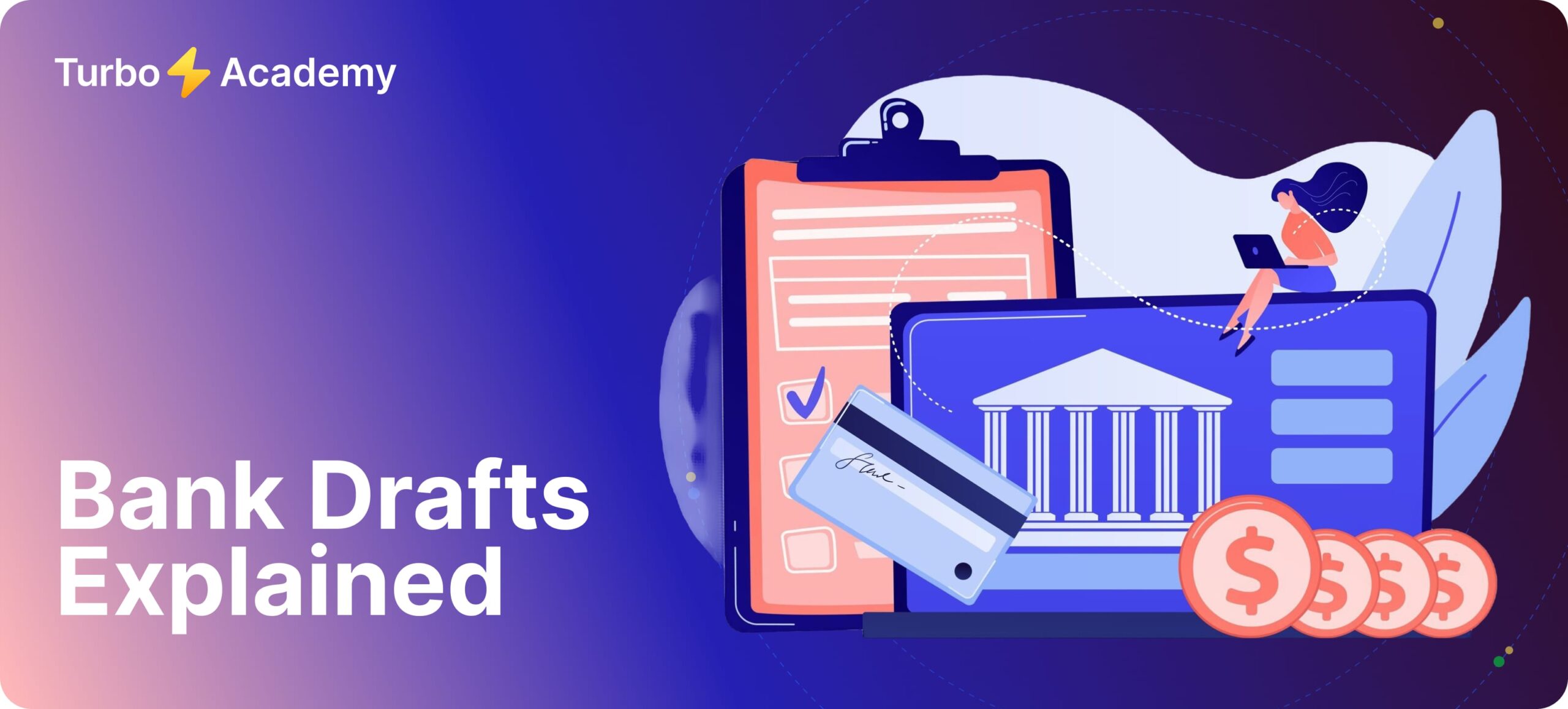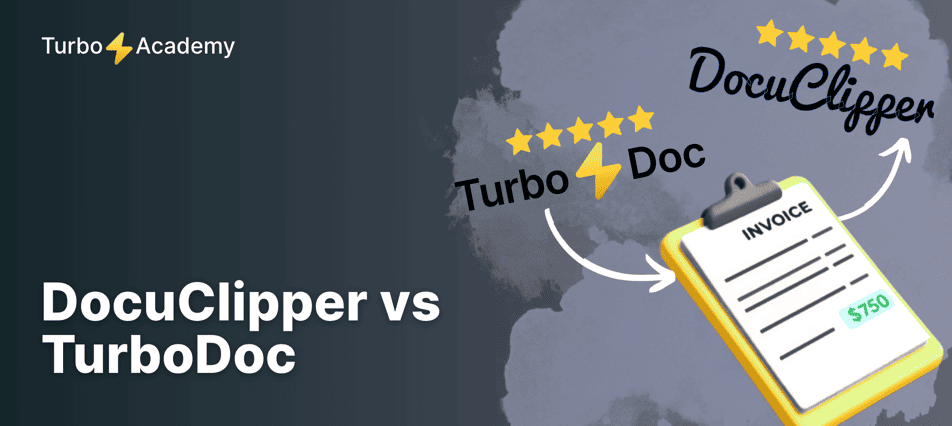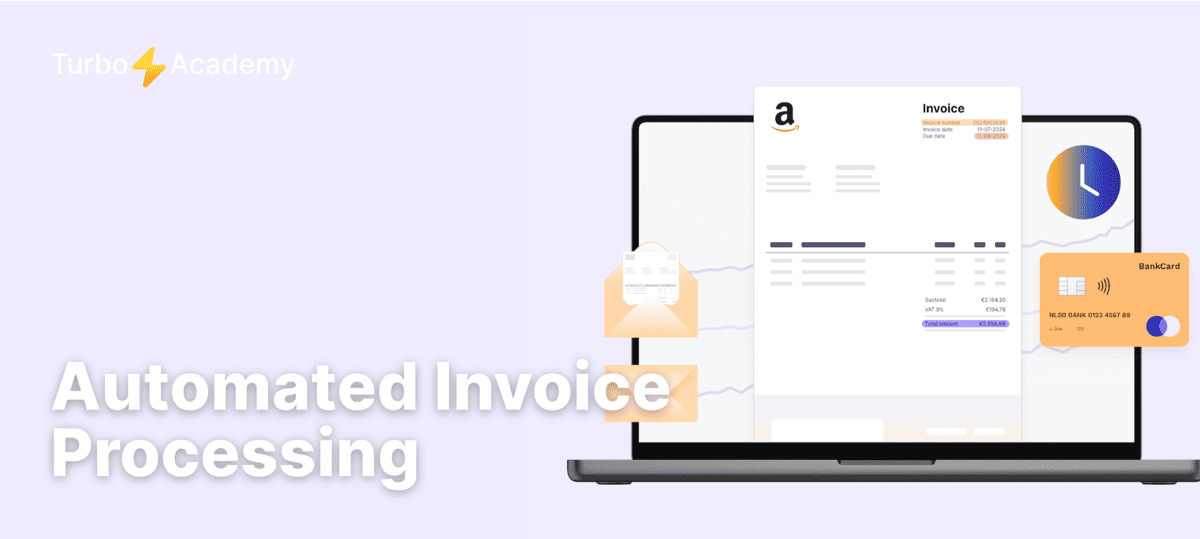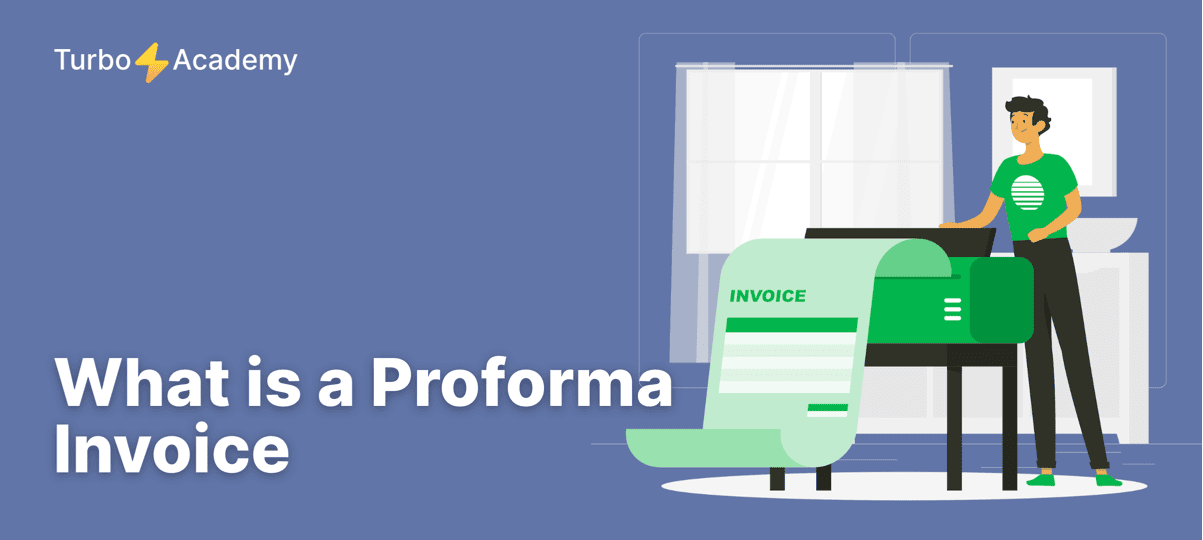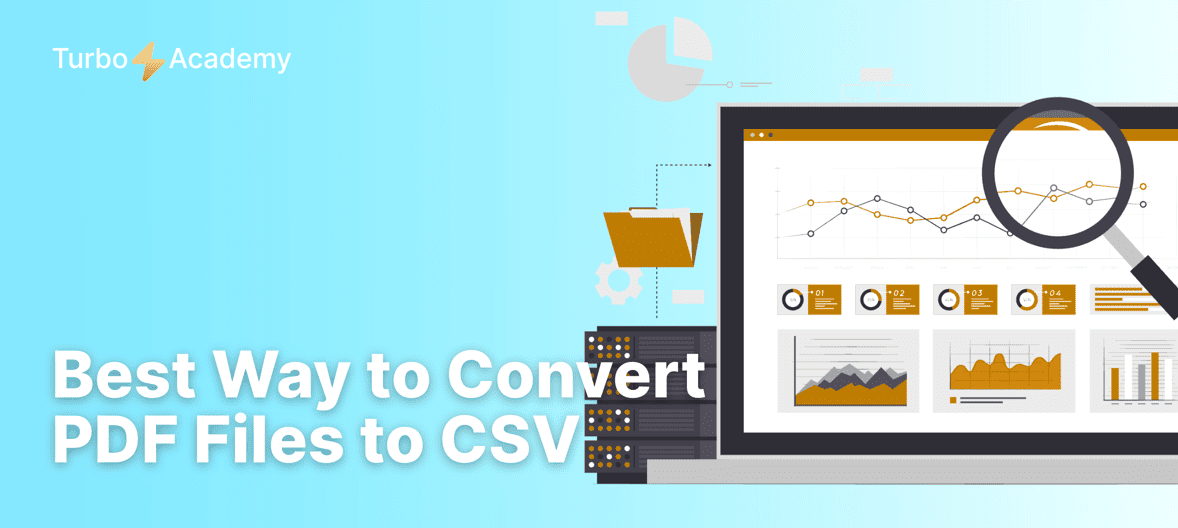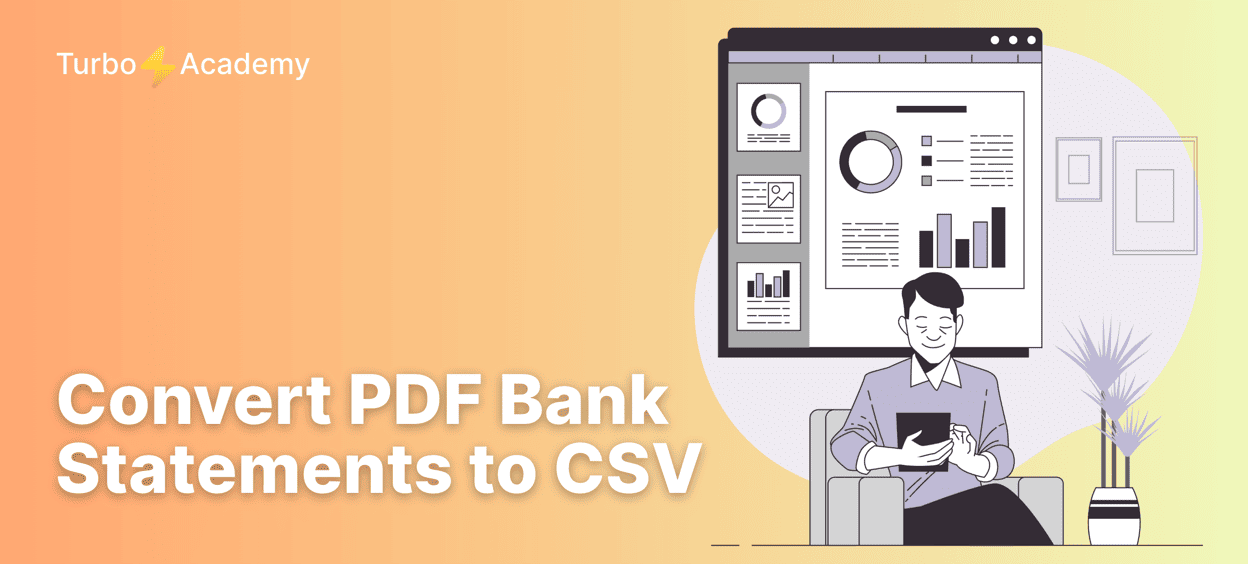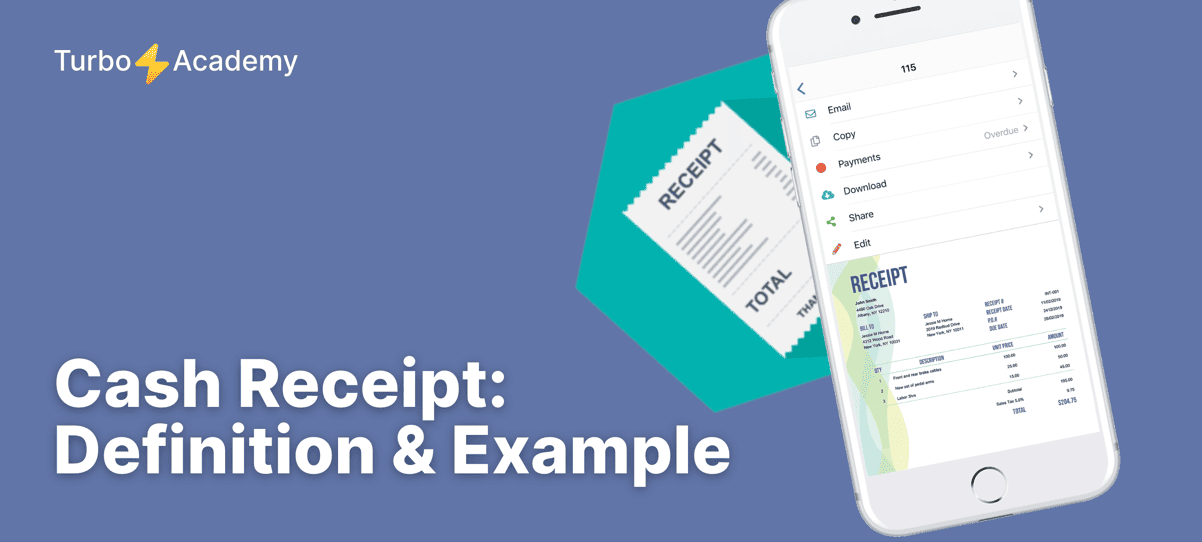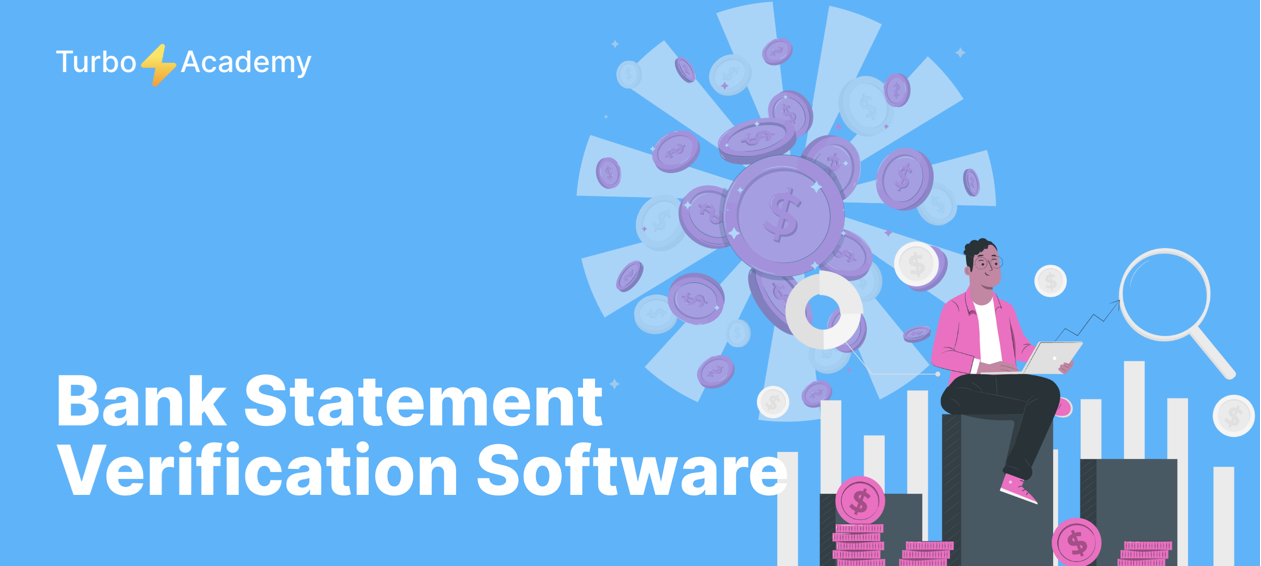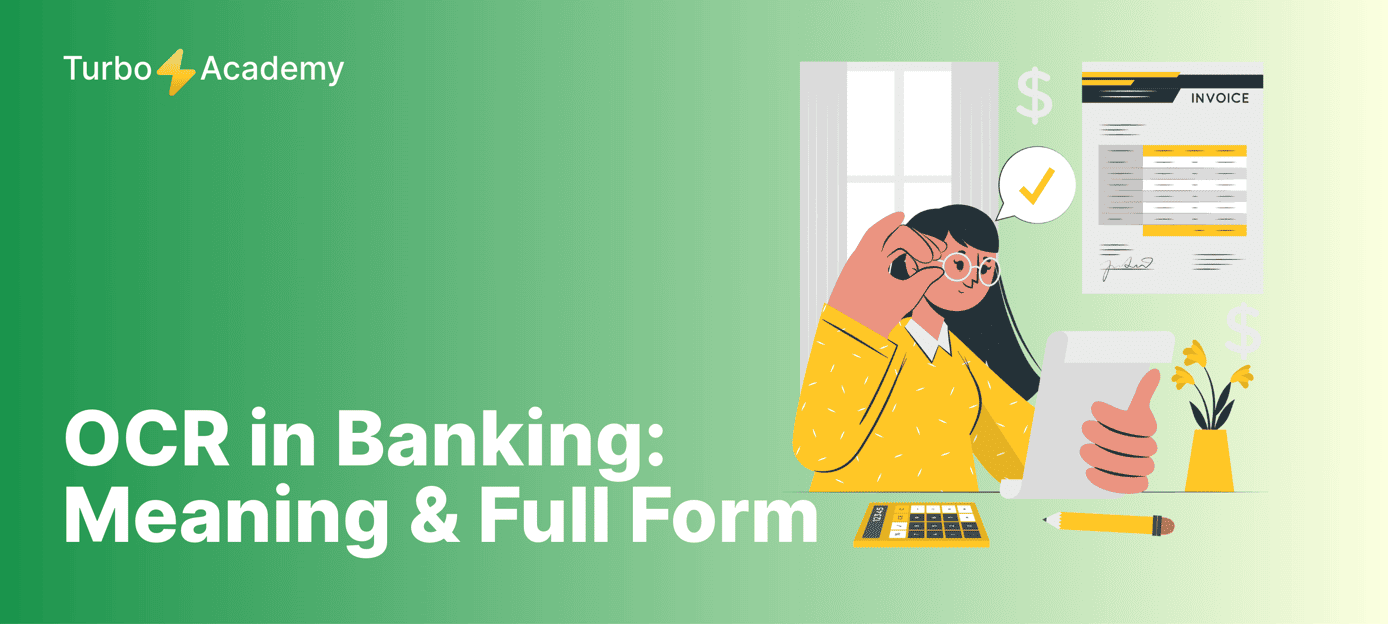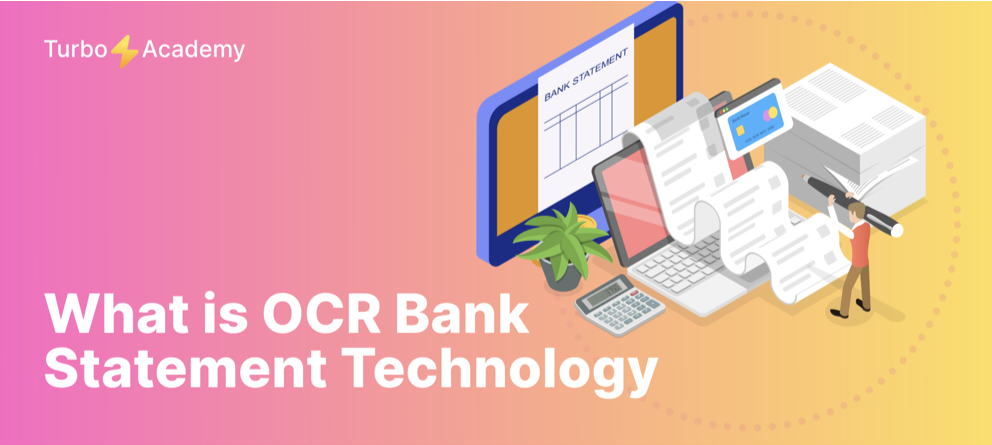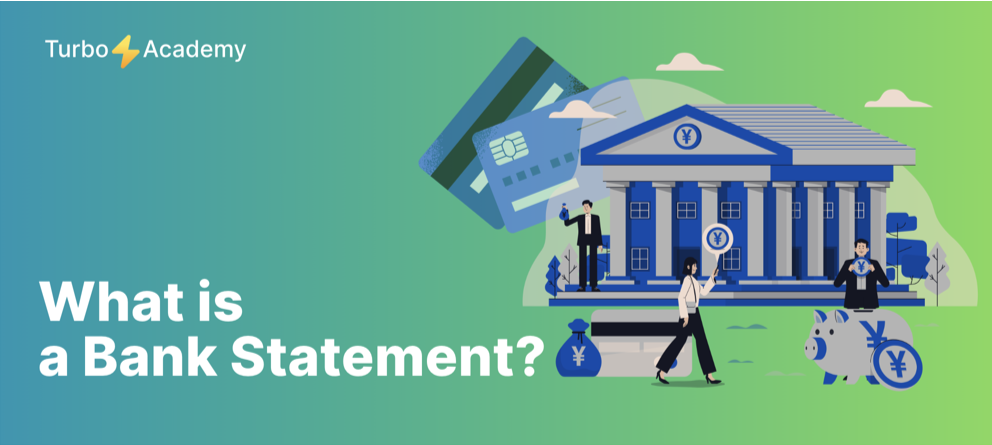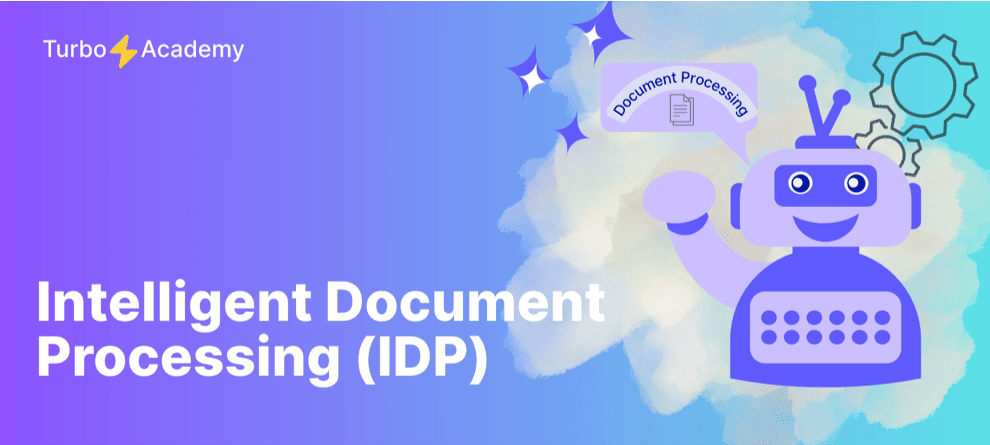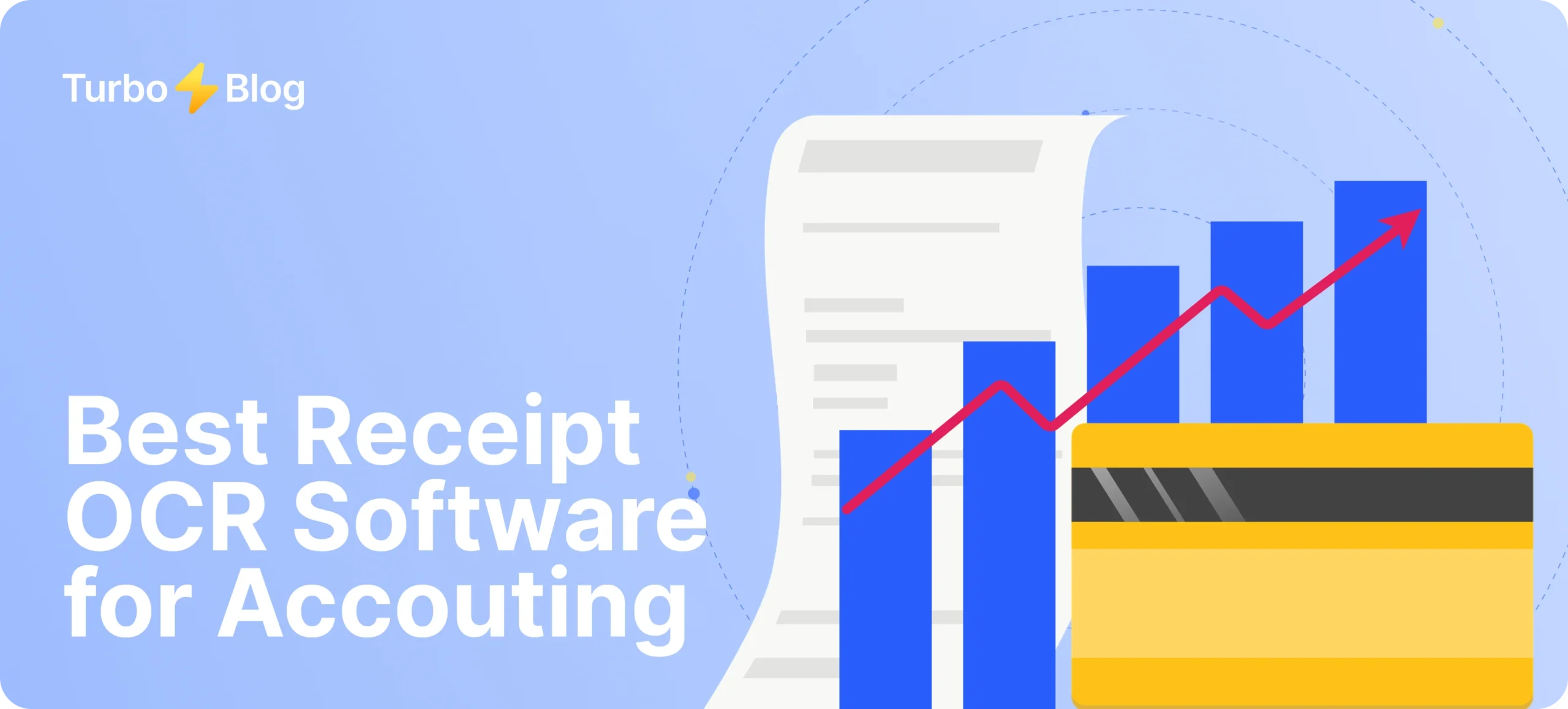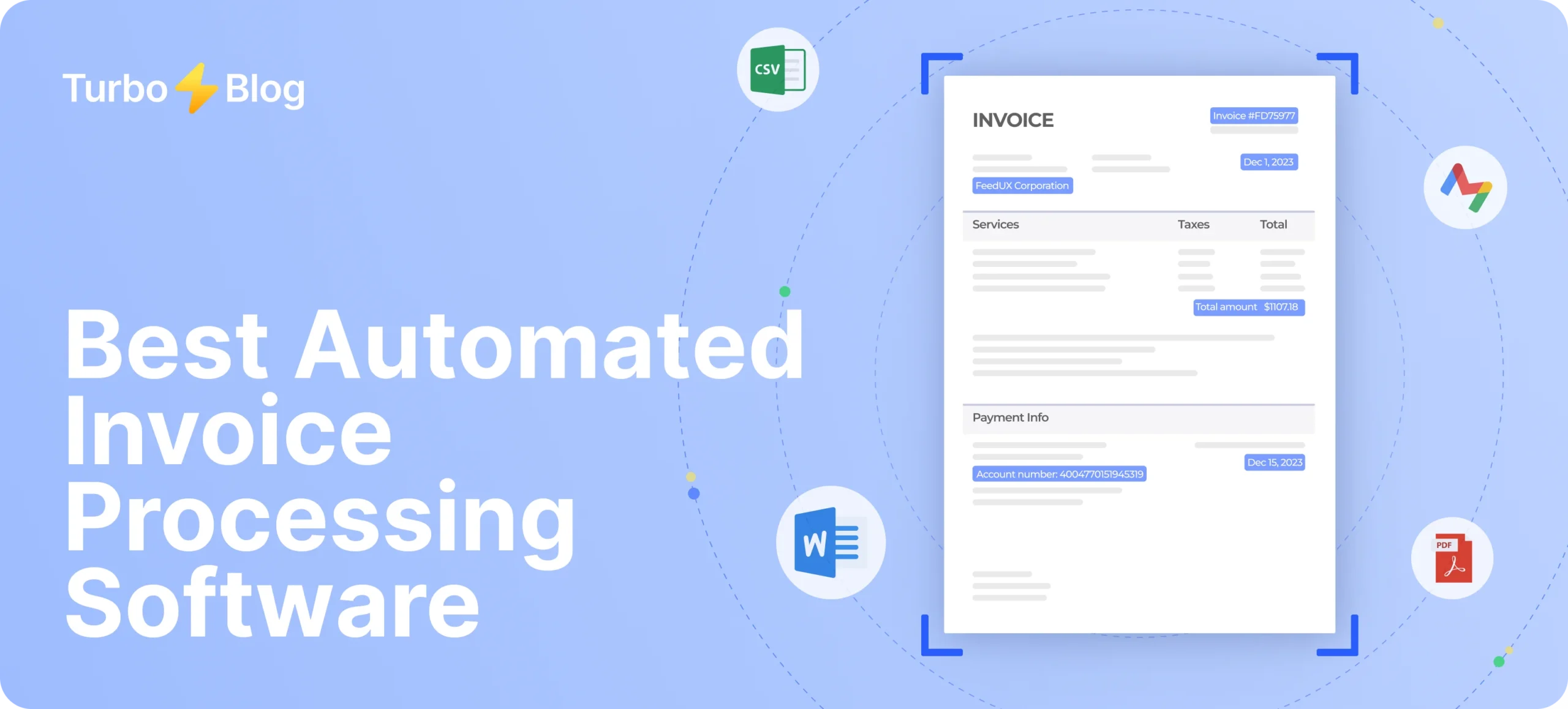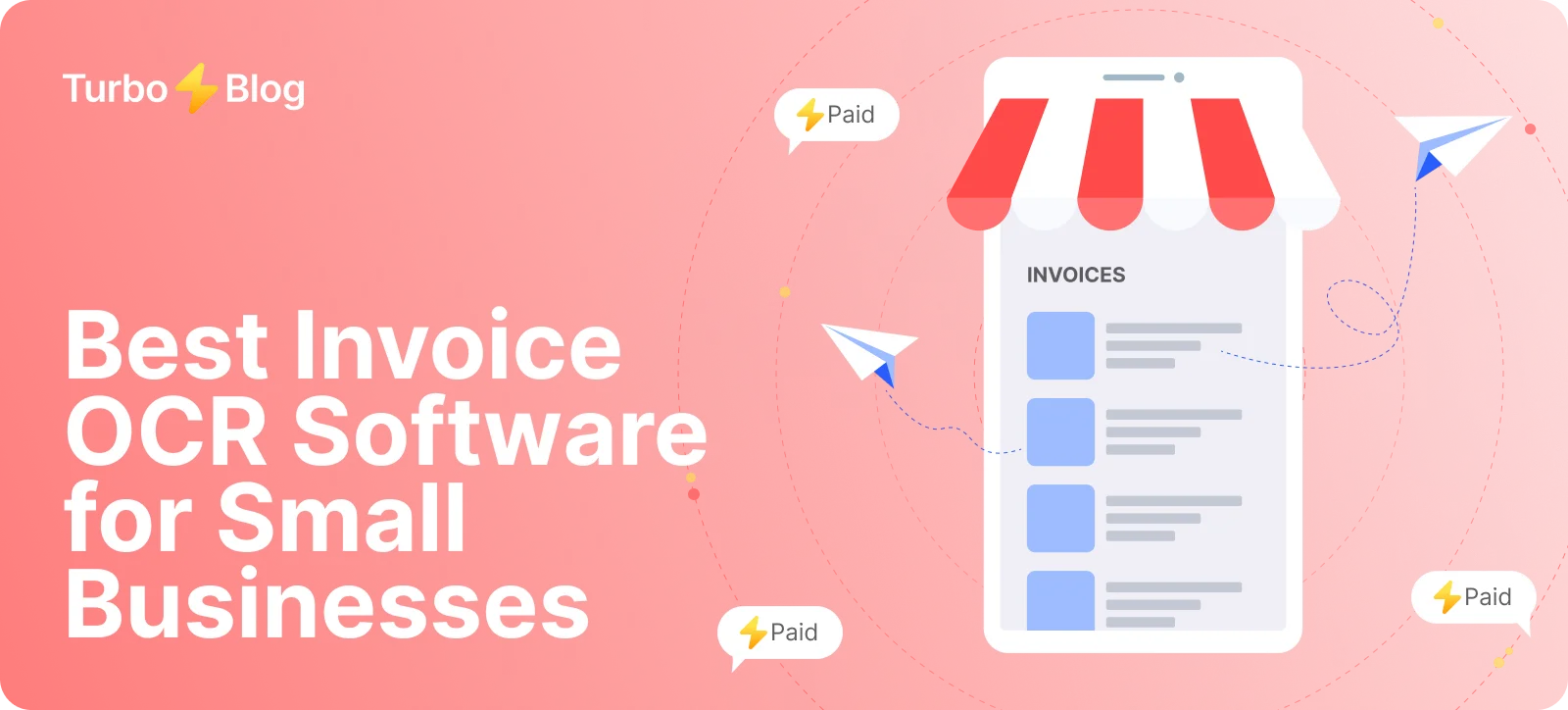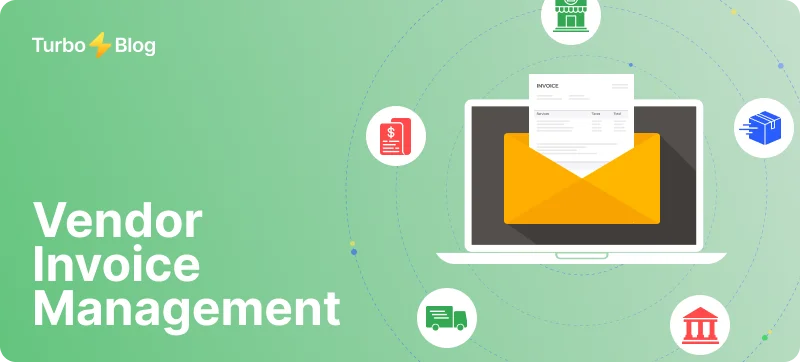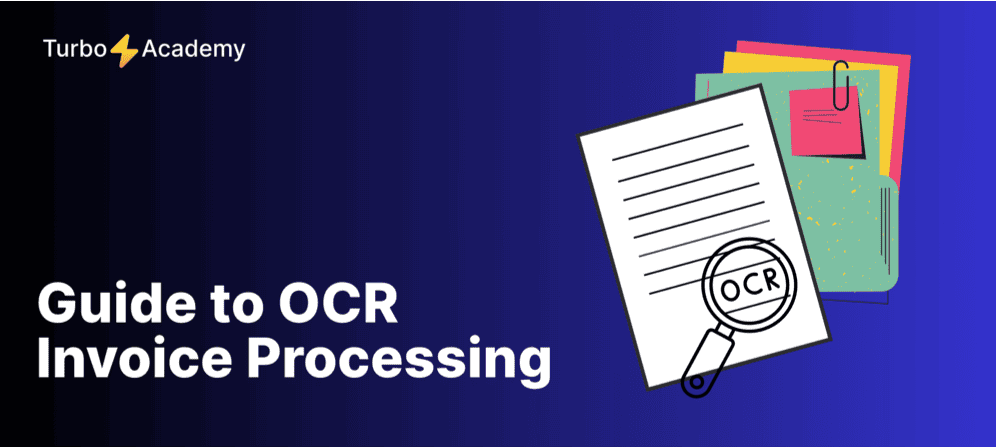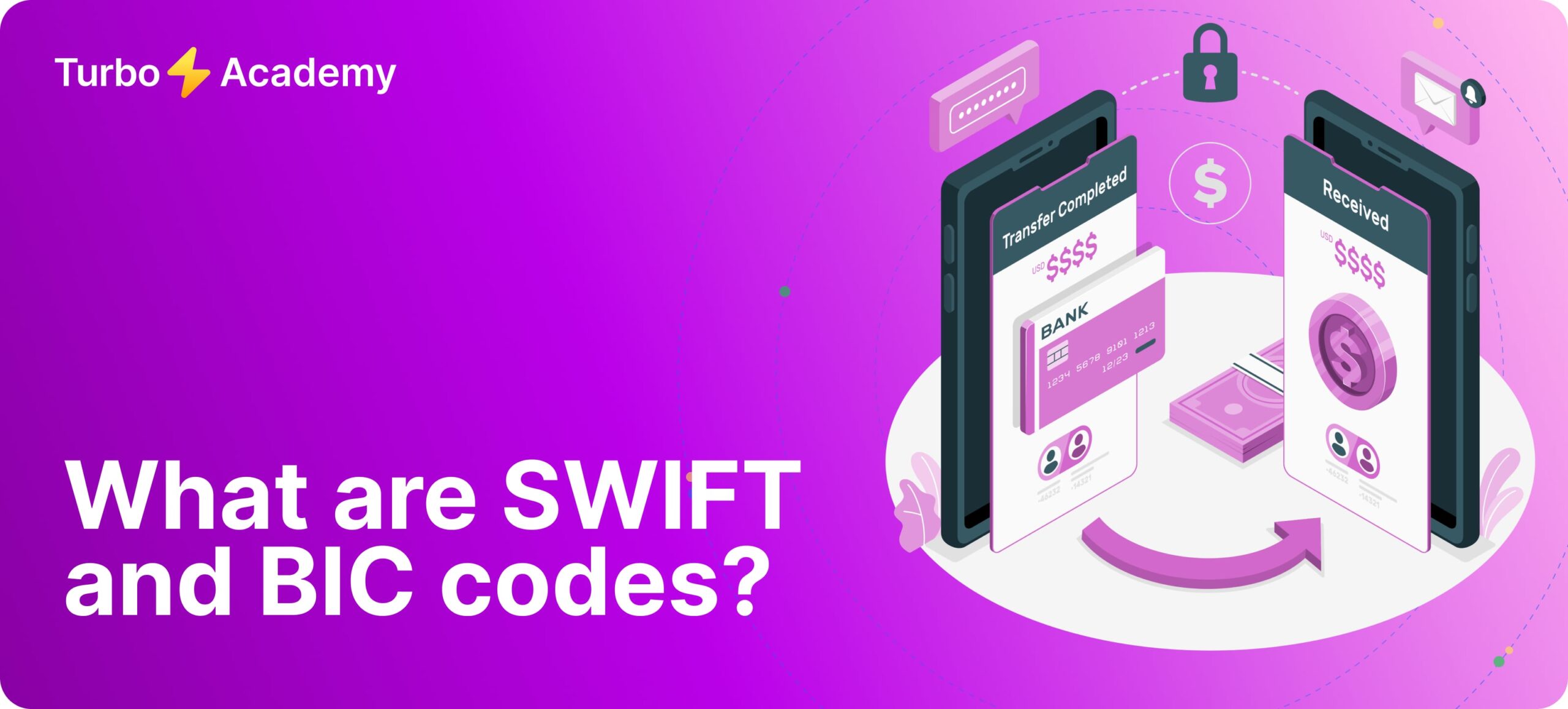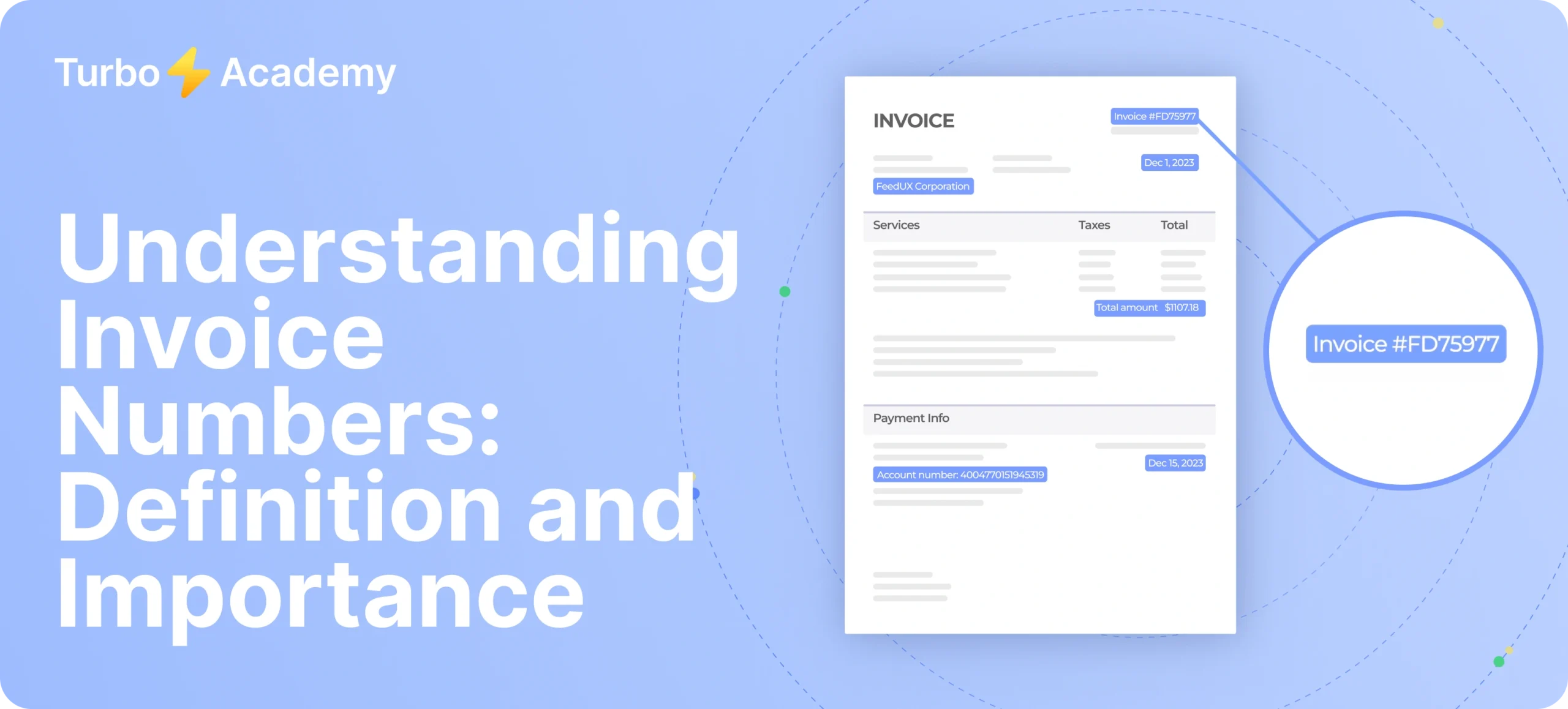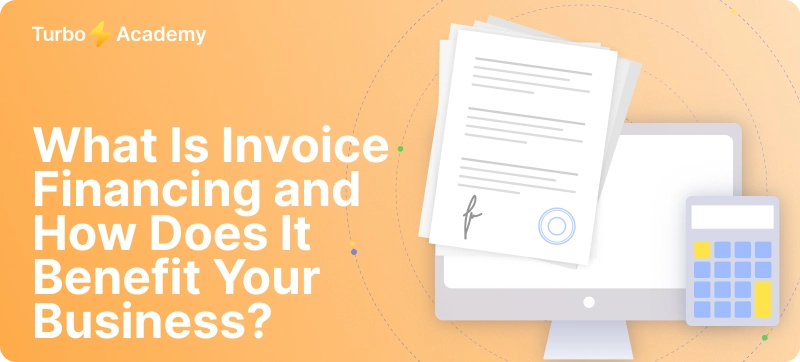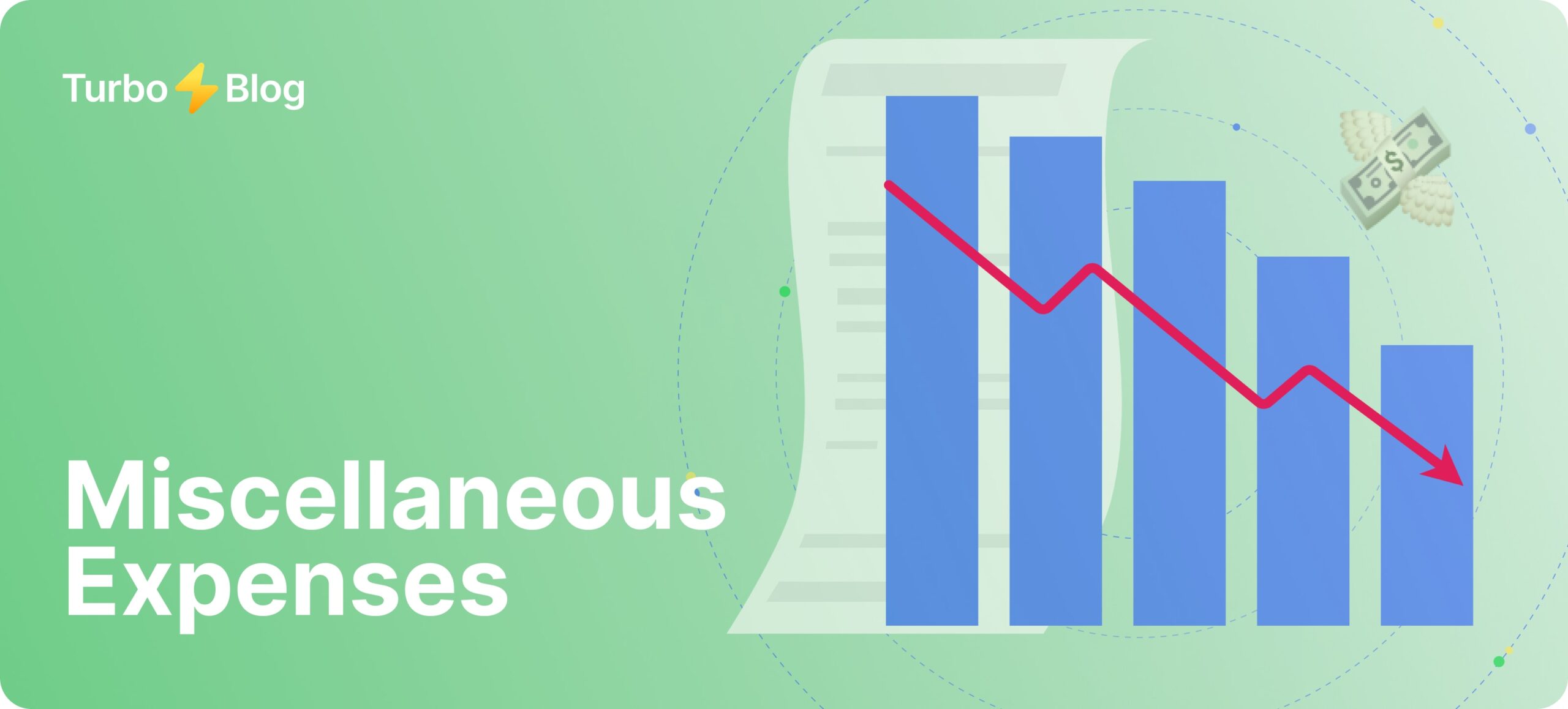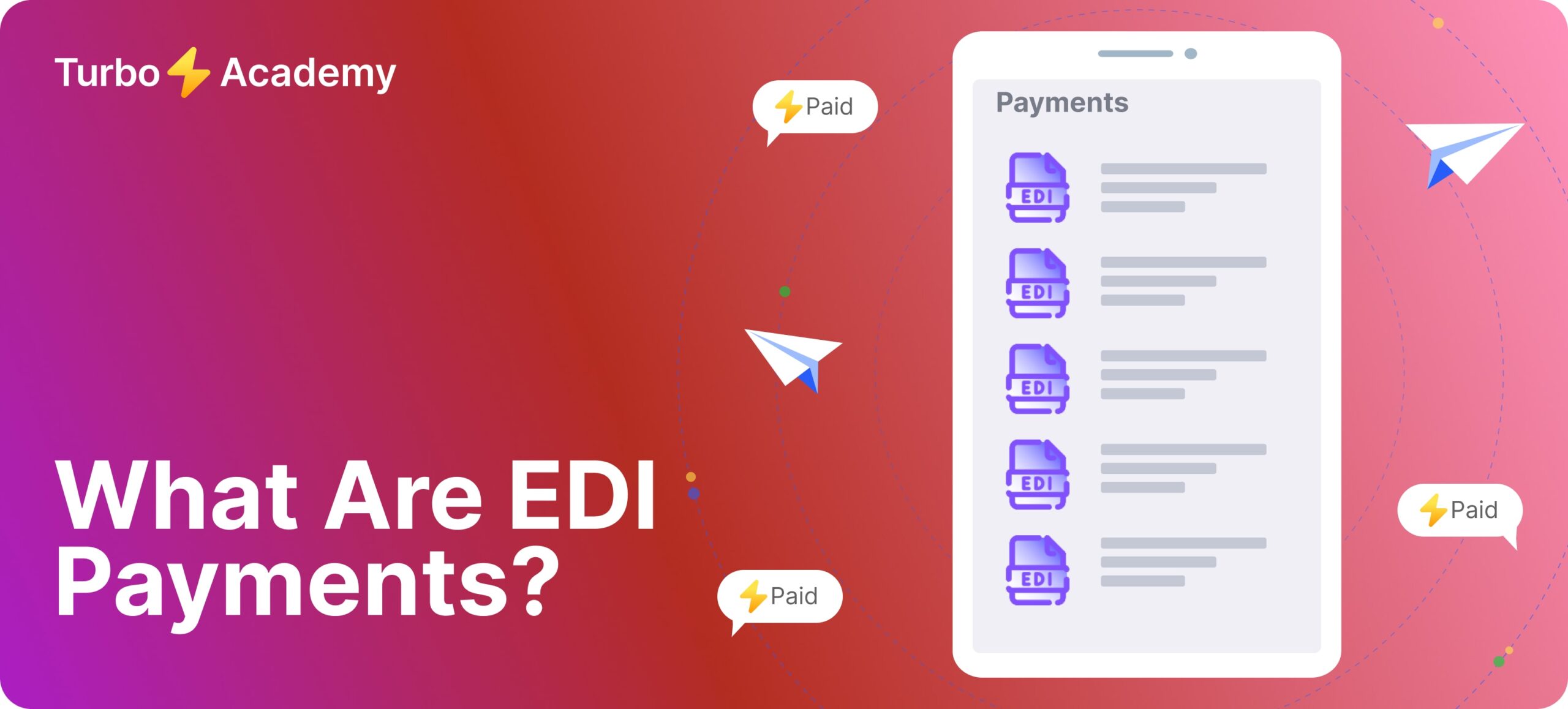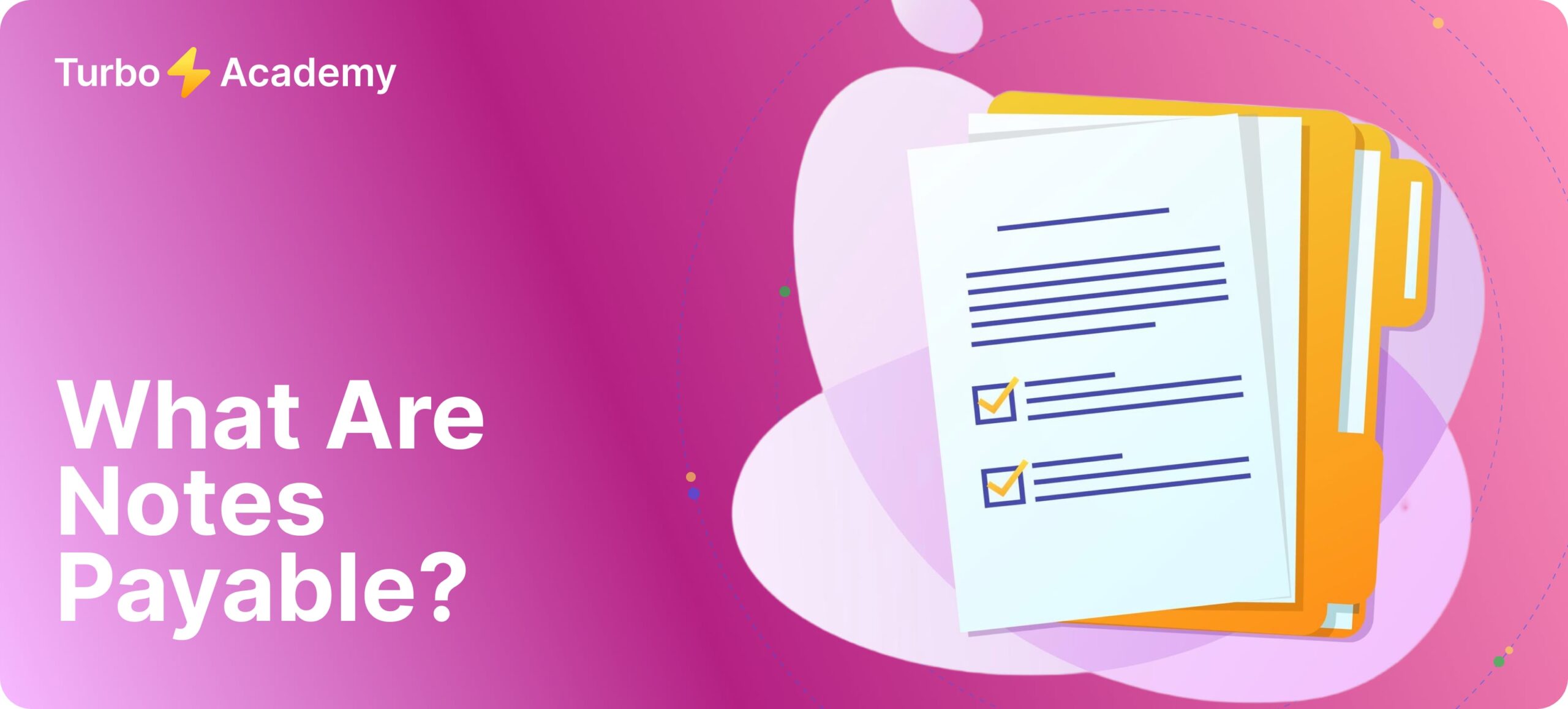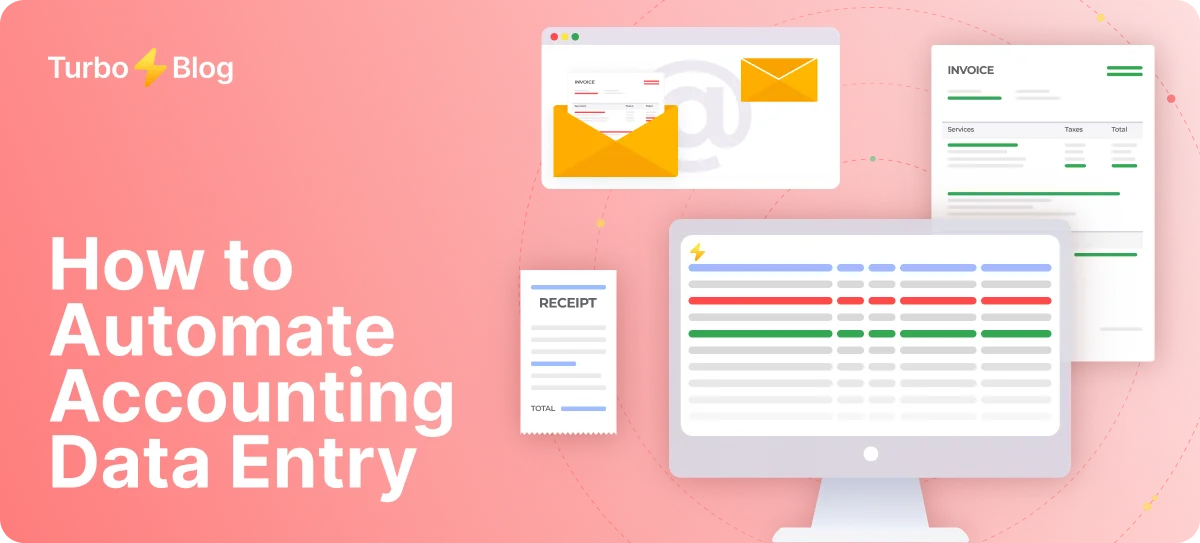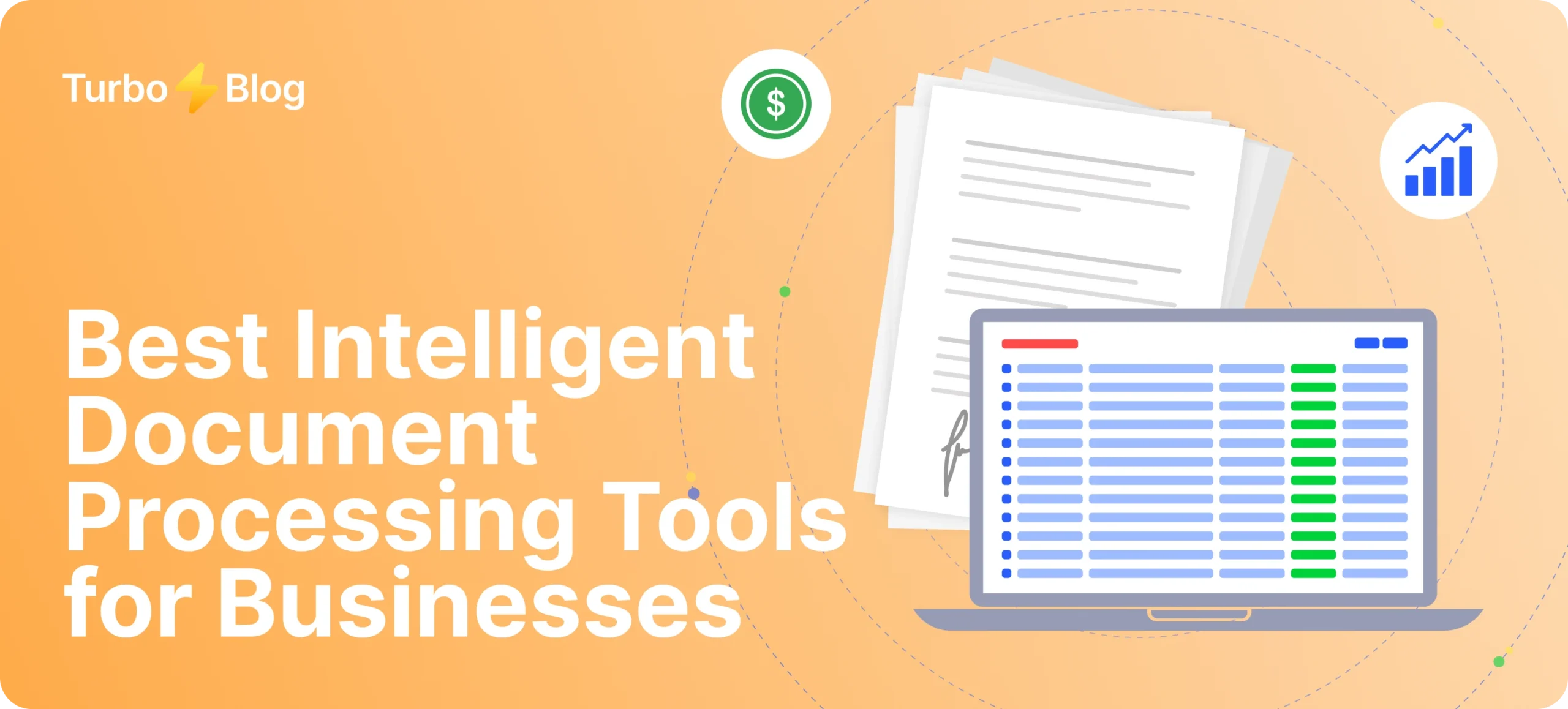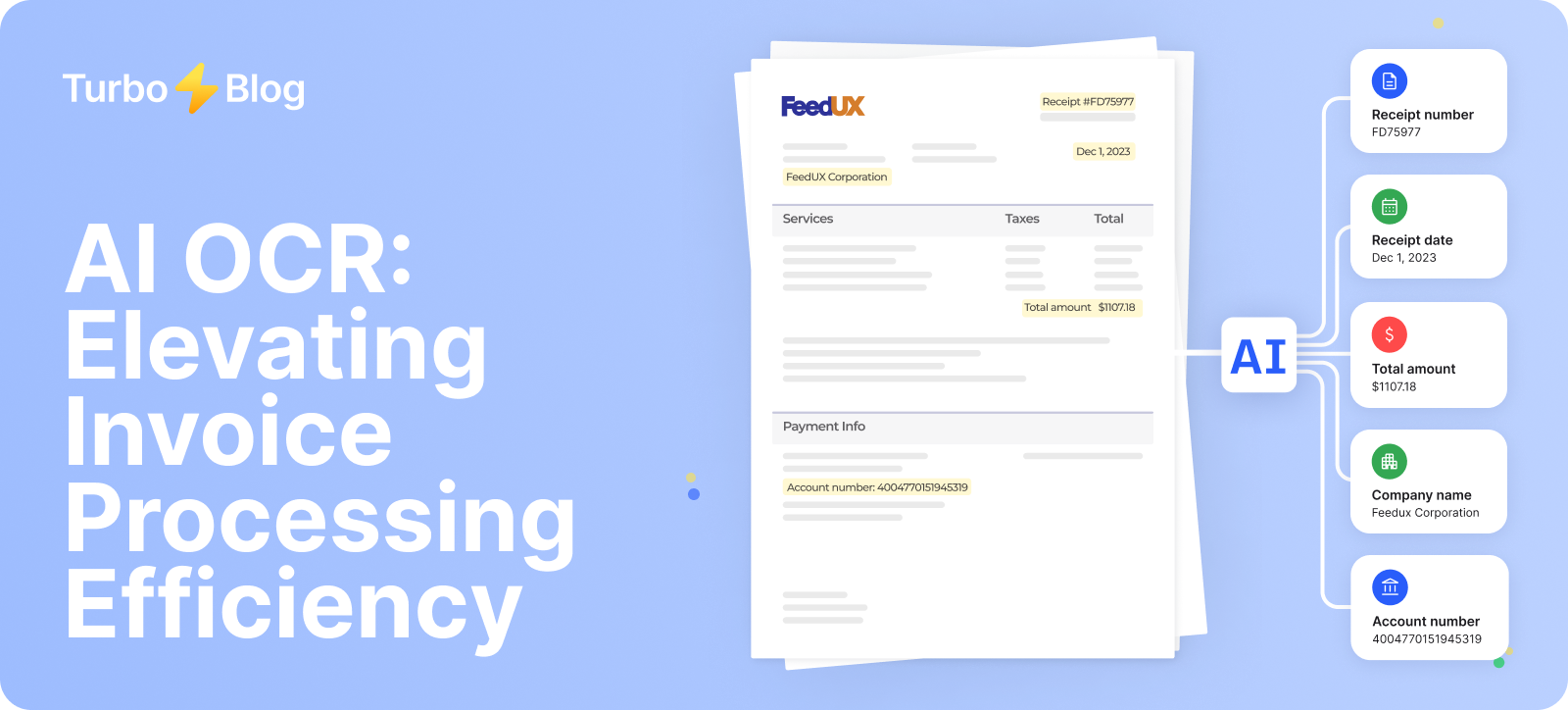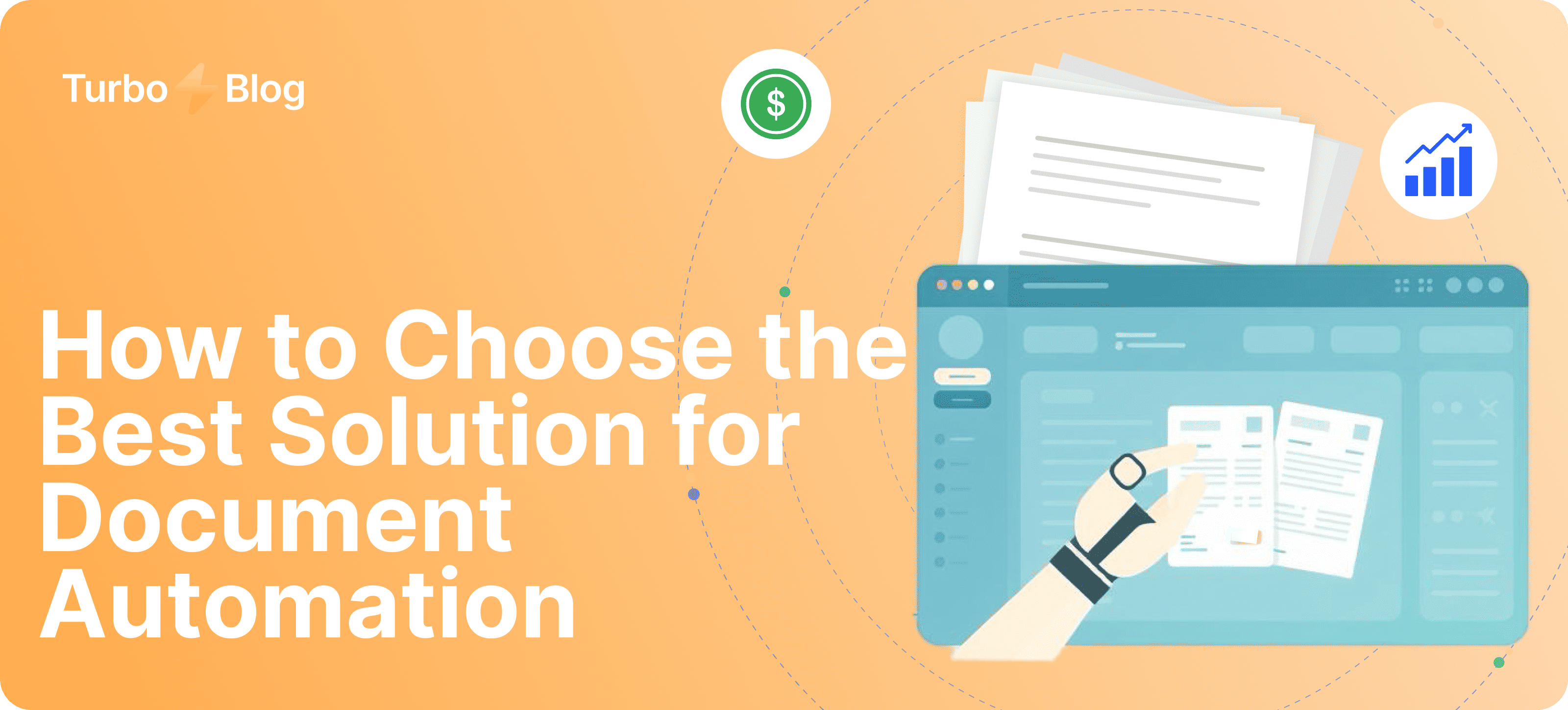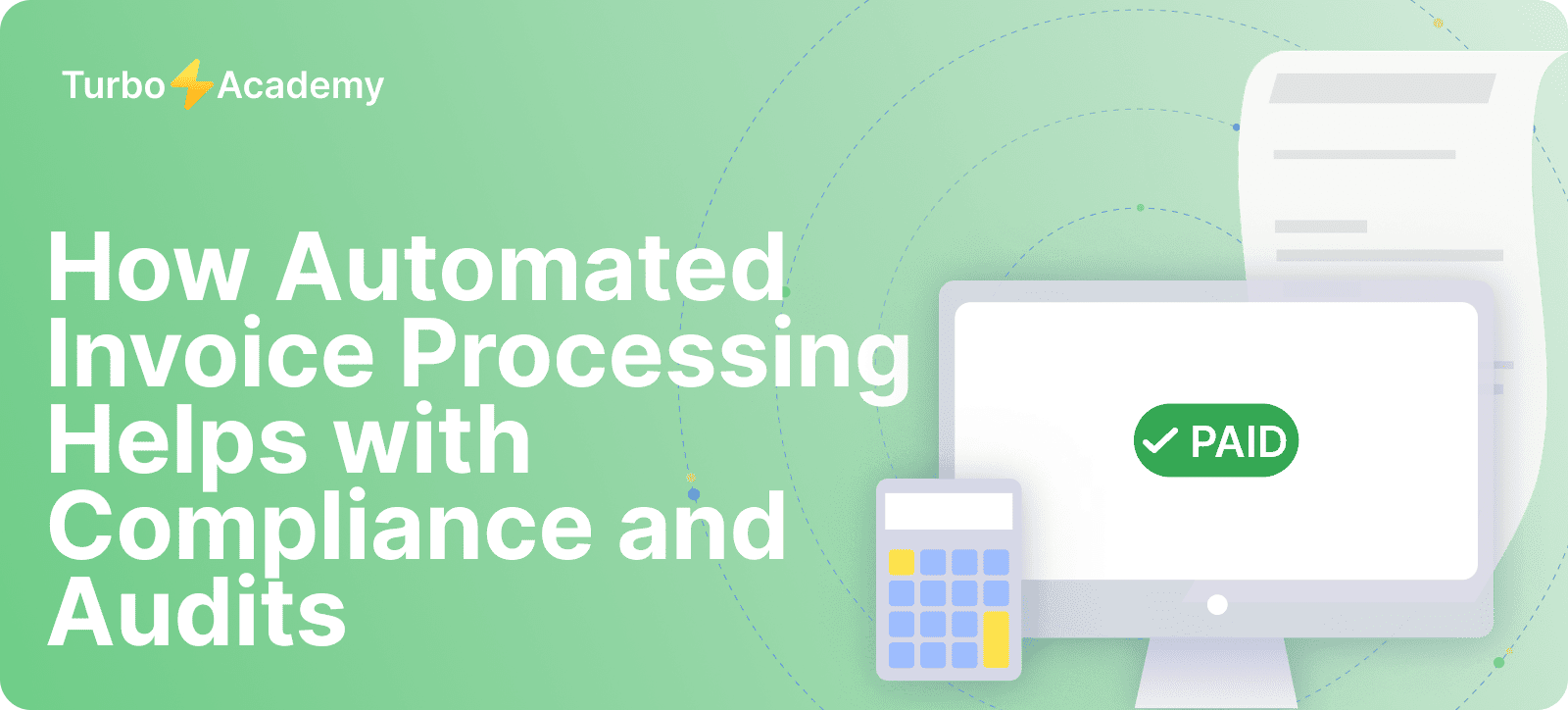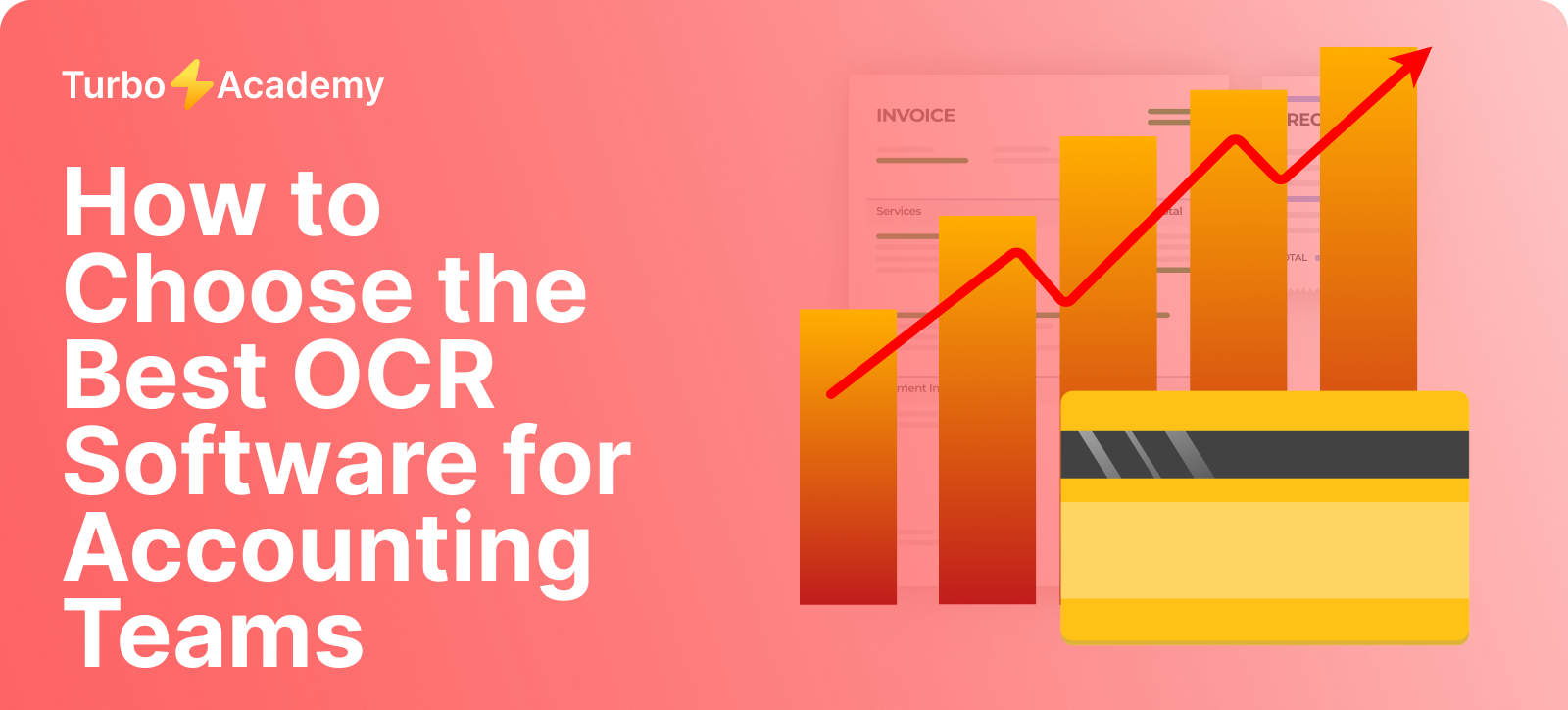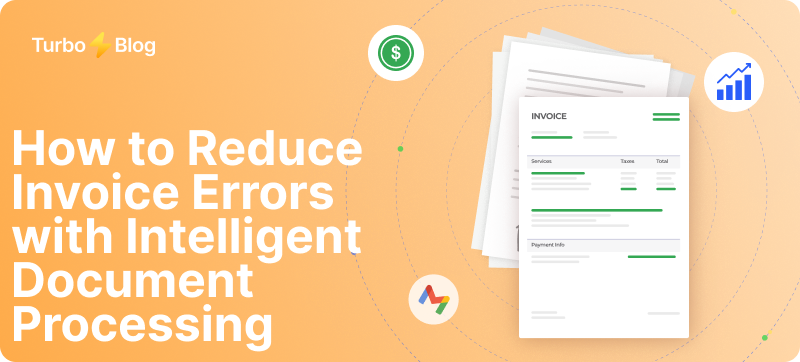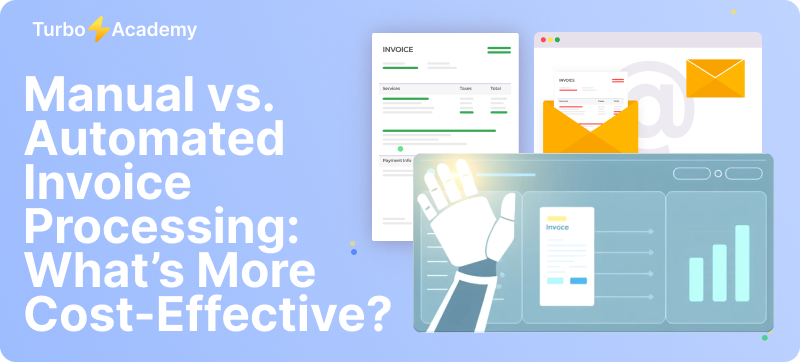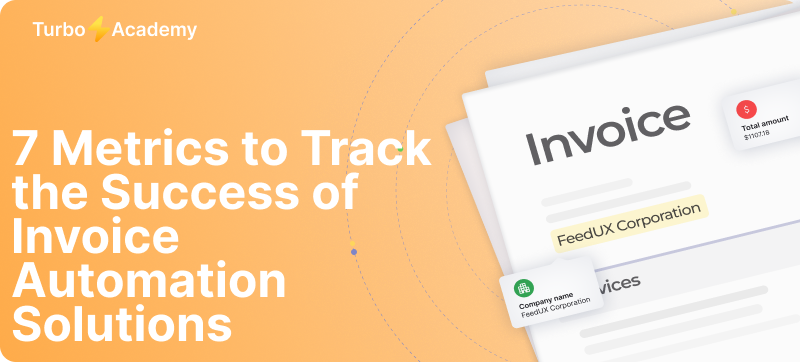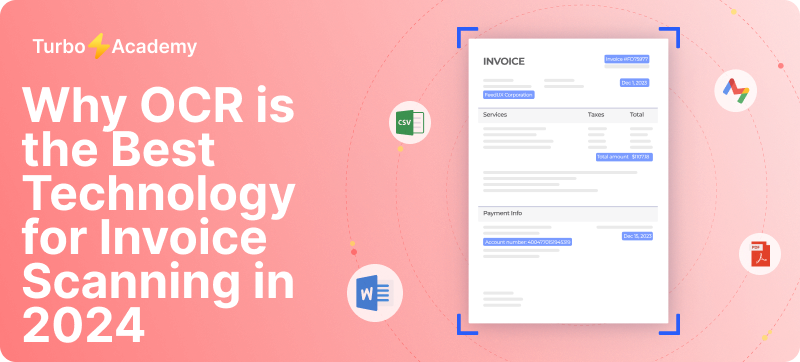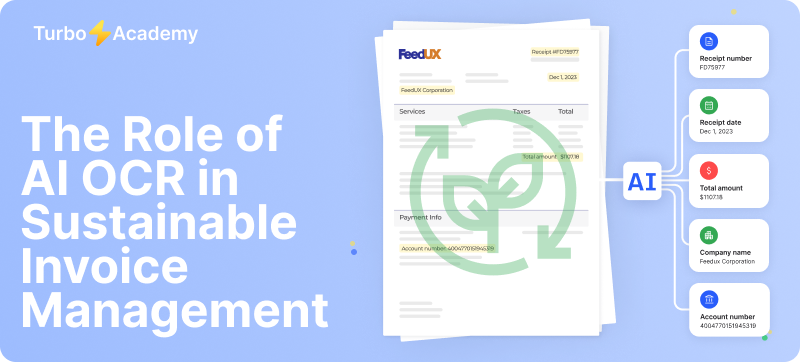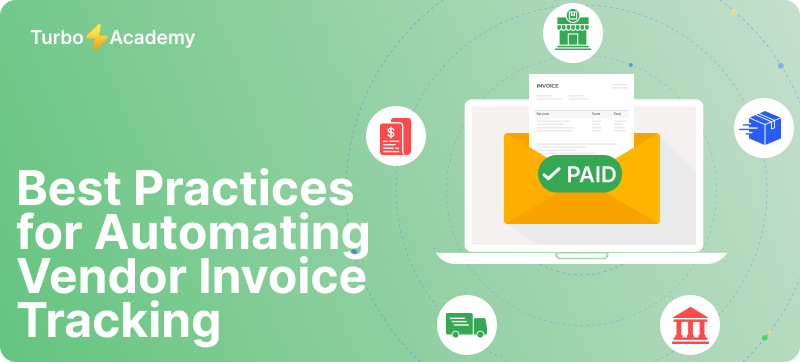Bank drafts are a secure and reliable method of transferring large sums of money. Whether you’re purchasing a property, paying for high-value items, or conducting business transactions, understanding the bank draft definition and how the process works is essential. This comprehensive guide will explain what a bank draft is, detail the bank draft process, compare it to other payment methods like cheques, and outline the benefits and security features that make it a preferred option for many.
Automate document processing with TurboDoc
Recognize invoices, contracts, and forms in seconds. No manual work or errors.
Try for free!



What Is a Bank Draft?
A bank draft is a payment instrument issued by a bank on behalf of a customer, guaranteeing the availability of funds. When you request a bank draft, the bank withdraws the specified amount from your account and issues a draft drawn on its own funds. This ensures that the payee receives a secure and verified payment, minimizing the risks of insufficient funds that can be associated with personal cheques.
How Does a Bank Draft Work?
Understanding how a bank draft works is key to appreciating its security and reliability. Here’s a step-by-step look at the process:
- Initiation:
The customer visits their bank or uses online banking services to request a bank draft. During this process, the customer specifies the amount and the payee’s name. - Fund Verification:
The bank verifies that the customer has sufficient funds. Once confirmed, the funds are deducted from the customer’s account immediately. - Issuance:
The bank drafts the check from its own account, ensuring the funds are secure. The bank draft is then printed with all the necessary details including the bank’s name, payee’s name, amount, and a unique serial number. - Delivery:
The bank draft is handed over to the customer, who can then deliver it to the payee. - Clearing and Settlement:
When the payee deposits the bank draft, the bank confirms its authenticity and clears the draft. This process is typically quicker than traditional cheque clearing due to the inherent security of the bank’s backing.
Bank Draft vs Cheque
One of the most frequently asked questions is, «What is the difference between a bank draft and a cheque?» While both serve as instruments for transferring funds, several key differences set them apart:
Funding Source:
- Bank Draft: Drawn against the bank’s funds, ensuring that the payment is secure.
- Cheque: Drawn against the account holder’s funds, which might not always be sufficient.
Security:
- Bank Draft: Offers enhanced security because it is guaranteed by the issuing bank. The risk of a bounced payment is minimal.
- Cheque: Susceptible to insufficient funds, leading to the possibility of a bounced cheque.
Clearing Time:
- Bank Draft: Typically experiences a shorter clearing time since the funds are verified and secured at the time of issuance.
- Cheque: May require a longer clearing period, as banks need to verify the account holder’s funds.
Acceptance:
- Bank Draft: Often preferred for large transactions, real estate deals, or any situation where guaranteed funds are required.
- Cheque: Commonly used for everyday transactions but may not be suitable for high-value payments due to the risk of insufficient funds.
Automate document processing with TurboDoc
Recognize invoices, contracts, and forms in seconds. No manual work or errors.
Try for free!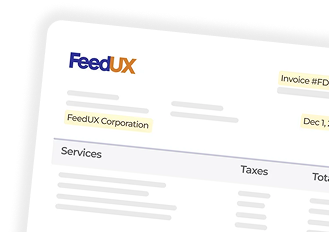
Types of Bank Draft
Not all bank drafts are created equal. Depending on your needs, there are several types of bank draft that may be available:
- Certified Bank Drafts:
Some banks offer certified drafts that come with an extra layer of security, verifying that the draft is genuine and that the funds have been set aside specifically for that transaction. - International Bank Drafts:
For cross-border transactions, banks can issue international drafts. These drafts are processed according to international banking standards and may involve currency conversion, additional fees, and different clearing times. - Electronic Bank Drafts:
With the rise of digital banking, many institutions now offer electronic versions of bank drafts. These drafts can be requested and sent electronically, speeding up the process and reducing the need for physical documents.
How to Get a Bank Draft
If you’re wondering how to get a bank draft, the process is relatively straightforward. Here are the steps involved:
- Visit Your Bank:
Start by visiting your bank’s branch or accessing your online banking portal. Speak with a bank representative if you have any questions or need assistance with the process. - Request the Draft:
Inform the bank of your need for a bank draft, specifying the amount and the payee’s name. The bank may ask for additional details to ensure accuracy. - Fund Verification:
The bank will verify that you have enough funds in your account. Once confirmed, the funds are reserved, and the bank will begin processing your request. - Processing Fees:
Most banks charge a fee for issuing a bank draft. These bank draft fees vary from one institution to another, so it is advisable to inquire about the cost upfront. - Receiving the Draft:
After processing, the bank issues the draft. Depending on the bank’s policies, you may receive it immediately or within a specified timeframe.
How to Cash a Bank Draft
Once you have a bank draft in your hands, you might wonder how to cash a bank draft. The process typically involves the following steps:
- Deposit the Draft:
Take the bank draft to your bank and deposit it into your account. Most banks treat bank drafts similarly to cheques, but the secured nature of the funds means that the deposit may be cleared more rapidly. - Verification Process:
The bank will verify the authenticity of the draft. Given that the draft is drawn on the bank’s own funds, the verification process is usually quicker and more straightforward. - Clearing Time:
The bank draft clearing time is generally shorter than that for a cheque, as there is less risk involved. However, this can vary depending on the banks involved and whether the transaction is domestic or international. - Funds Availability:
Once the bank confirms the validity of the draft, the funds are made available in your account. It’s important to keep in mind that while the process is streamlined, the exact timing can differ based on the policies of your bank.
Automate document processing with TurboDoc
Recognize invoices, contracts, and forms in seconds. No manual work or errors.
Try for free!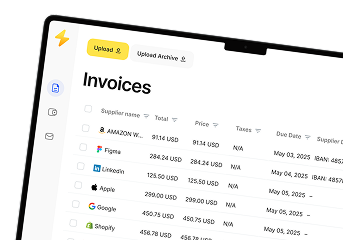
Verifying a Bank Draft
Security is a major concern when dealing with large sums of money. Therefore, many ask, «How can I verify a bank draft?» Here are some key steps to ensure your bank draft is genuine:
- Examine the Draft:
Check for essential details like the bank’s name, the payee’s name, the amount, and a unique serial number. Look for any signs of tampering or irregularities. - Contact the Issuing Bank:
If you have any doubts about the authenticity of the draft, contact the bank that issued it. Banks can provide confirmation that the draft is valid and that the funds are secured. - Use Verification Services:
Some banks offer online verification services for bank drafts. These services can quickly validate the authenticity of the draft and provide peace of mind. - Secure Handling:
Always handle bank drafts carefully. Avoid sharing sensitive details publicly or via unsecured communication channels.
Bank Draft Security Features
One of the most significant benefits of bank drafts is their enhanced security. Here are some of the bank draft securityfeatures that set them apart:
- Guaranteed Funds:
Since the funds for a bank draft are drawn from the bank’s own account, there is no risk of the draft bouncing due to insufficient funds. This guarantees that the payee receives the specified amount. - Verification Process:
The process of verifying a bank draft involves several layers of security, including internal checks by the issuing bank and external verification when the draft is deposited. - Fraud Prevention:
Banks implement advanced measures to prevent fraud, including encryption, secure printing techniques, and unique serial numbers that make it difficult to counterfeit a bank draft. - Audit Trails:
Every bank draft transaction is recorded, providing an audit trail that can be useful in resolving any disputes or investigating suspicious activity.
Understanding Bank Draft Fees
Like most financial services, obtaining a bank draft comes with certain fees. It’s important to understand bank draft feesbefore requesting one:
- Fixed Fees:
Many banks charge a fixed fee for issuing a bank draft. This fee covers the administrative costs and processing of the request. - Variable Fees:
In some cases, fees may vary depending on the amount of the draft or the type of transaction (e.g., domestic vs. international). - Additional Charges:
There might be additional charges for services such as expedited processing or if you request an electronic bank draft. - Comparing Costs:
It is advisable to compare the fee structures of different banks if you plan to use bank drafts frequently. This comparison can help you choose a bank that offers the best balance of cost and service quality.
Advantages of Using a Bank Draft
Bank drafts offer numerous benefits, particularly for high-value or sensitive transactions. Here are some of the key advantages:
- Enhanced Security:
As discussed, bank drafts are backed by the issuing bank’s funds, significantly reducing the risk of fraud and bounced payments. This makes them ideal for transactions where security is paramount. - Faster Clearing Time:
Since the funds are guaranteed, the bank draft clearing time is generally shorter compared to traditional cheques. This means that both the payer and the payee can complete transactions more quickly. - Reliability for Large Transactions:
For significant purchases like real estate or business investments, the certainty of receiving the full amount is crucial. Bank drafts provide this assurance, making them a trusted payment method. - Ease of Use:
The process of obtaining and cashing a bank draft is straightforward. Banks have streamlined procedures in place, reducing the administrative burden on customers. - Reduced Risk of Disputes:
With the funds already secured, there is less room for disputes related to payment issues. Both parties can proceed with confidence knowing that the transaction is backed by a reputable financial institution.
Automate document processing with TurboDoc
Recognize invoices, contracts, and forms in seconds. No manual work or errors.
Try for free!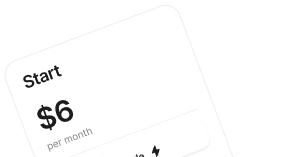
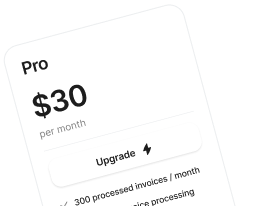
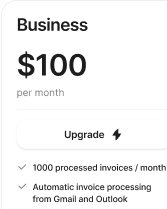
When to Use a Bank Draft
Knowing when to opt for a bank draft can help you manage your transactions more effectively. Consider using a bank draft in the following situations:
- Large Transactions:
For significant purchases such as real estate, vehicles, or expensive equipment, a bank draft provides the necessary security and reliability. - Transactions with Unfamiliar Parties:
If you are dealing with a new vendor or an unfamiliar business partner, a bank draft minimizes the risk of fraud by ensuring that the funds are guaranteed by the bank. - International Transactions:
When sending money overseas, bank drafts can offer a secure method of payment, especially when paired with the international banking network. - Situations Requiring Immediate Clearance:
In scenarios where timely receipt of funds is crucial, the faster clearing time of a bank draft is a clear advantage.
Common Questions About Bank Drafts
What is a bank draft?
A bank draft is a payment instrument issued by a bank that guarantees funds from the bank’s own account, ensuring that the payee receives a secure and verified payment.
How does a bank draft work?
A bank draft is issued after the customer requests it from the bank, the bank verifies and secures the funds, and then issues a draft that is payable to a specific recipient. The recipient can then deposit or cash the draft, with the bank ensuring that the funds are available.
What are the advantages of using a bank draft?
Bank drafts offer enhanced security, faster clearing times, reliability for large transactions, and a reduced risk of disputes compared to personal cheques.
How is a bank draft different from a cheque?
A bank draft is drawn on the bank’s own funds and offers a guarantee of payment, whereas a cheque is drawn on the account holder’s funds, which may lead to issues such as insufficient funds.
How do I obtain a bank draft?
To get a bank draft, visit your bank’s branch or online portal, request a draft specifying the amount and payee, ensure sufficient funds are available, pay any applicable fees, and receive the draft once processed.
Final Thoughts
Bank drafts remain a vital tool in the world of finance, offering a secure, efficient, and reliable method for handling large and sensitive transactions. From understanding the bank draft definition and its process to comparing it with traditional cheques, this guide has explored the many facets of bank drafts. Their inherent security features, coupled with a faster clearing time and reliability, make them a preferred choice in various scenarios.
By embracing the use of bank drafts, you take a proactive step toward ensuring that your financial dealings are both secure and efficient. Armed with the knowledge provided in this guide, you’re now better prepared to decide if a bank draft is the right tool for your next transaction. Remember, the key to successful financial transactions lies in choosing the right method—and bank drafts continue to stand out as a reliable choice in today’s dynamic economic environment. Likewise, when it comes to managing invoices with precision and ease, TurboDoc’s AI-driven automation streamlines the process, reducing errors and saving valuable time for businesses handling high volumes of transactions.

